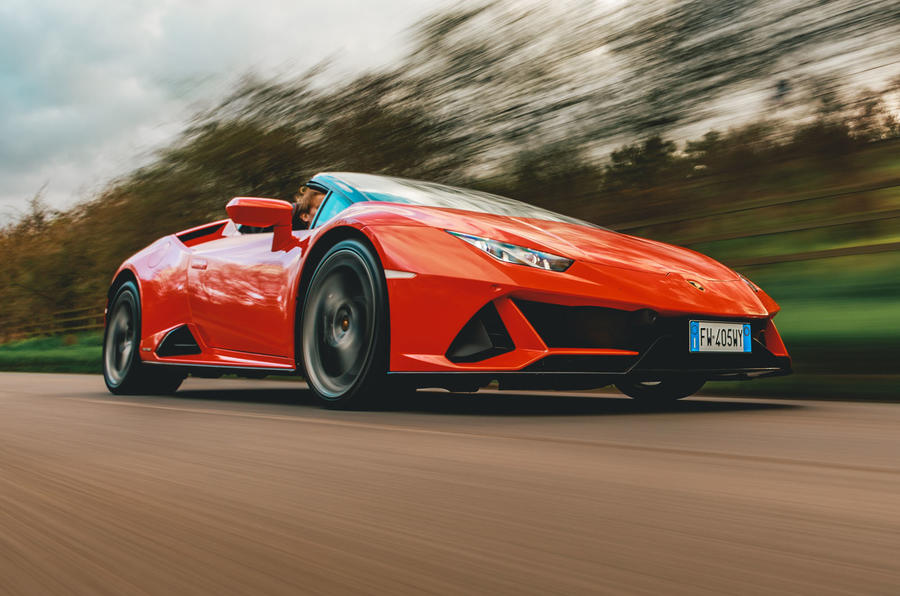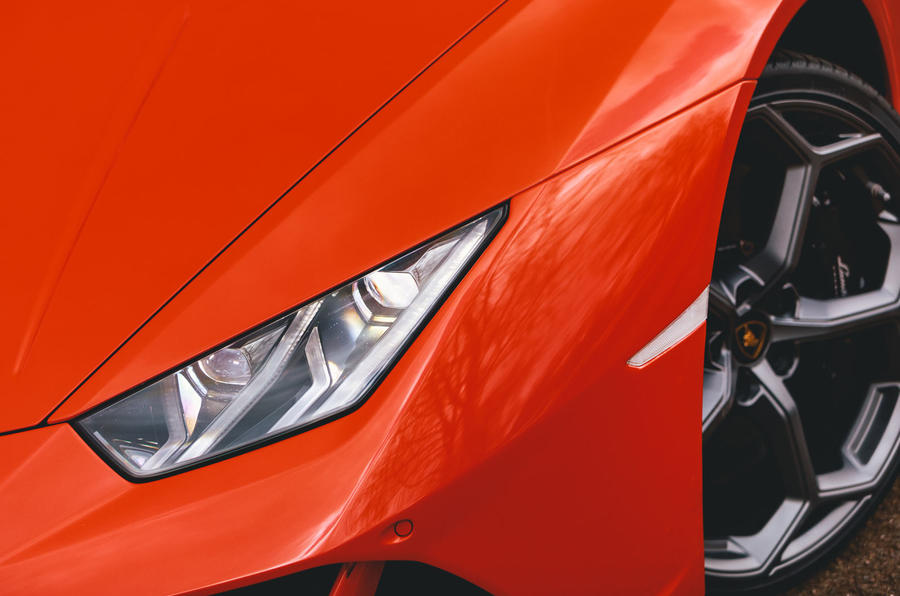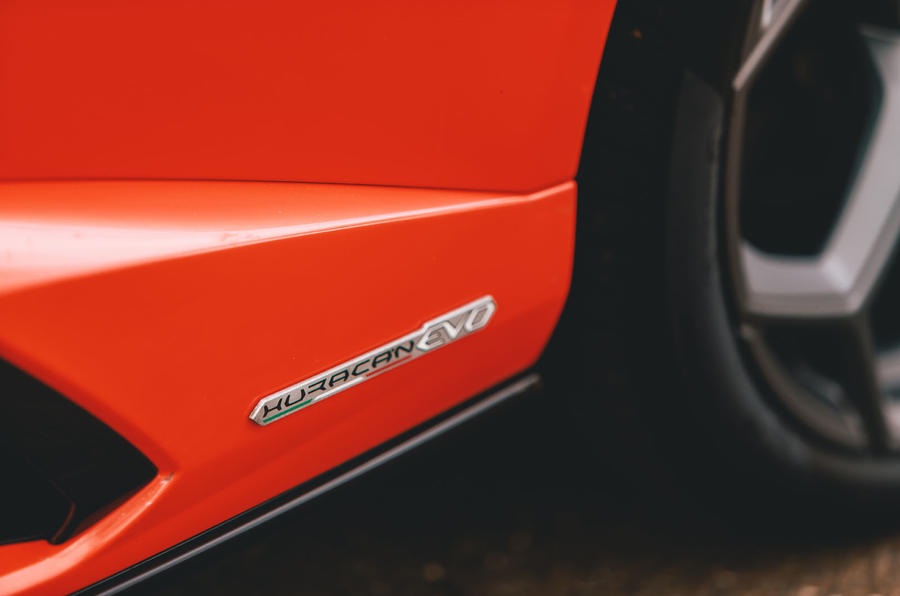What is it?
Seldom does any supercar rank high on the global agenda and that’s true now more than ever, but on planet Autocar the new Huracán Evo Spyder – and the Spyder specifically – feels significant.
For one thing, the Huracán is the likely final resting place for Lamborghini’s naturally aspirated V10 engine, and now that the midlife ‘Evo’ updates have been introduced, we’re closing in on the day the model gets mothballed. And that will be it for one of the greatest road-car engines of all time. Secondly, carbon monocoque or not (and in this case not), these days so scant is the dynamic disparity between open-air supercars and their enclosed counterparts that if you prefer the former, there are precious few drawbacks.
If you’d therefore like to secure an example of post-millennium Lamborghini at its most elemental, capable and mandible-slackening best, the Huracán Evo Spyder is the model to have.
That, at least, is one theory, and it’s one the spec-sheet does nothing to quell. Compared to the Huracán LP610-4 Spyder it supersedes, the Evo Spyder boasts ‘improvements’ almost everywhere you look, though the most significant development is the adoption of the phenomenal 5.2-litre V10 from Lamborghini the Performante. It uses new titanium valves with greater lift, plus a redesigned intake manifold. The system then culminates in a lightened, enlivened exhaust that threads two unmissable perforated barrels directly through the rear bodywork. The car is simply dripping in drama, and the extreme rake on the windscreen something truly special – even if it means you’re obliged to stop 15 yards short of the white line to see traffic lights changing colour.
So armed, the Spyder’s vital statistics are now 631bhp and 443lb, up 29bhp and 31lb ft, while top speed rises by 1mph to 202mph and the 0-62mph time drops by three tenths to 3.1sec. Crushing performance is guaranteed, and by 124mph the Spyder is a mere half-second behind the most deranged drop-top Lamborghini of them all – the 759bhp, V12-engined Aventador SVJ Roadster. Naturally the asking price has also grown, by £20,000 to £218,000, but if you can wait for the RWD rear-drive version, that dips to £188,000.
Folding canvas roof aside, the Spyder follows the lead of Lamborghini the Huracán Evo coupe. In the metal, the bodywork isn’t quite as neat or timeless as that of the old LP610-4 but it ups the aggression factor and predictably generates better wind-tunnel figures. The larger front intakes aren’t hard to spot, but look more closely and you’ll see myriad fresh creases and flicks all over the car. Most noticeable is the slotted ducktail spoiler, towards which the headrest buttresses flow and which gives the car an even more predatory look. In this case Arancio Xanto paint completes the pantomime on wheels, and the only relative disappointment is that the engine, whose cam-covers are artfully exposed on the coupe, lies hidden beneath the roof mechanism.
As an Evo, the new Spyder also receives the Lamborghini Dinamica Veicolo Integrata (LDVI) chassis, which sounds grand but is, in fact, extremely clever. A central electronic brain takes steering and throttle inputs along with data from roll, pitch and yaw sensors and blends – predictively, claims Lamborghini – the responses of the magnetic suspension, rear-wheel steering, torque vectoring and stability control, plus the torque split for the four-wheel drive. You can see all the data in real-time on the new central 8.4in touchscreen, which, incidentally, looks slick but isn’t responsive enough and forces you to look down for longer periods than are desirable in a machine with a compulsive need to carry colossal speed anywhere it goes.











































































Join the debate
Add your comment
Nothing further to add
You keep stealing my thunder!
Road Trip
Would be amazing to drive one from my home in Yorkshire to Italy and back. Would be a mix of 4 days amazing driving and about 12 weeks in various countries quarantine......
Just great.
I've driven one also, and a McLaren, and I'd say the Huaracan was easier to drive, good feel through the steering, brakes were progressive and easy modulated and to cap it all it sounded absolutely awesome, the McLaren, well, it was clinical, like programming a computer, push this button, turn the nob,and I have to say not a roomy as the Lambo, so, yes, I agree, it may not be first choice, but it made me feel good for a while.